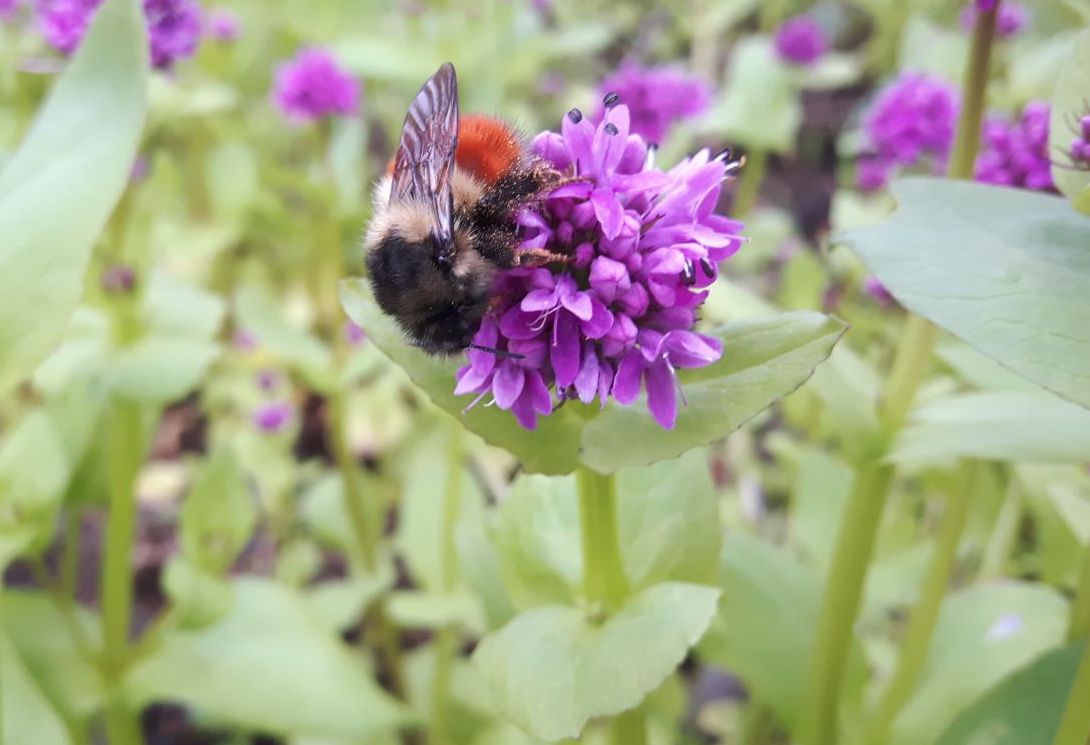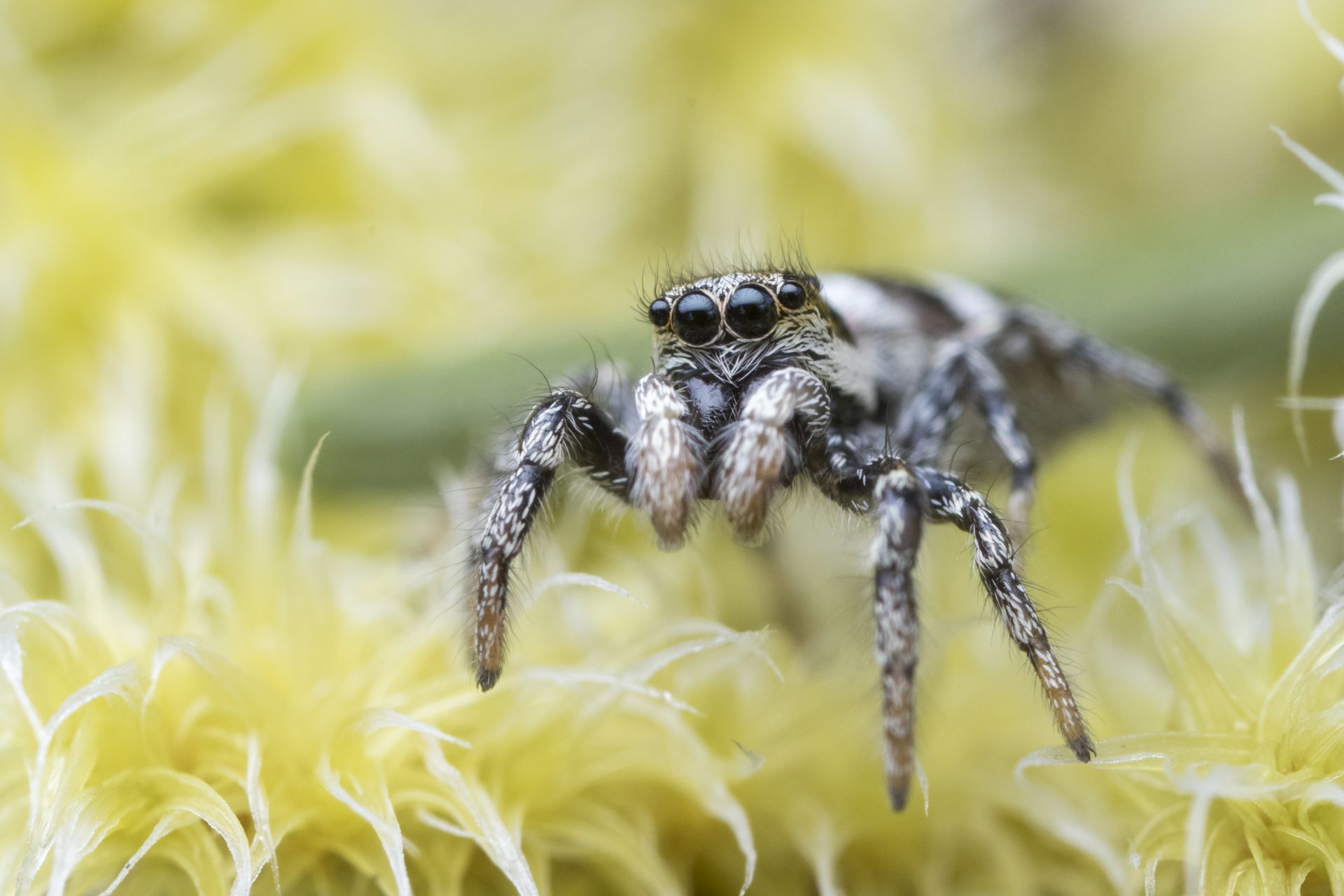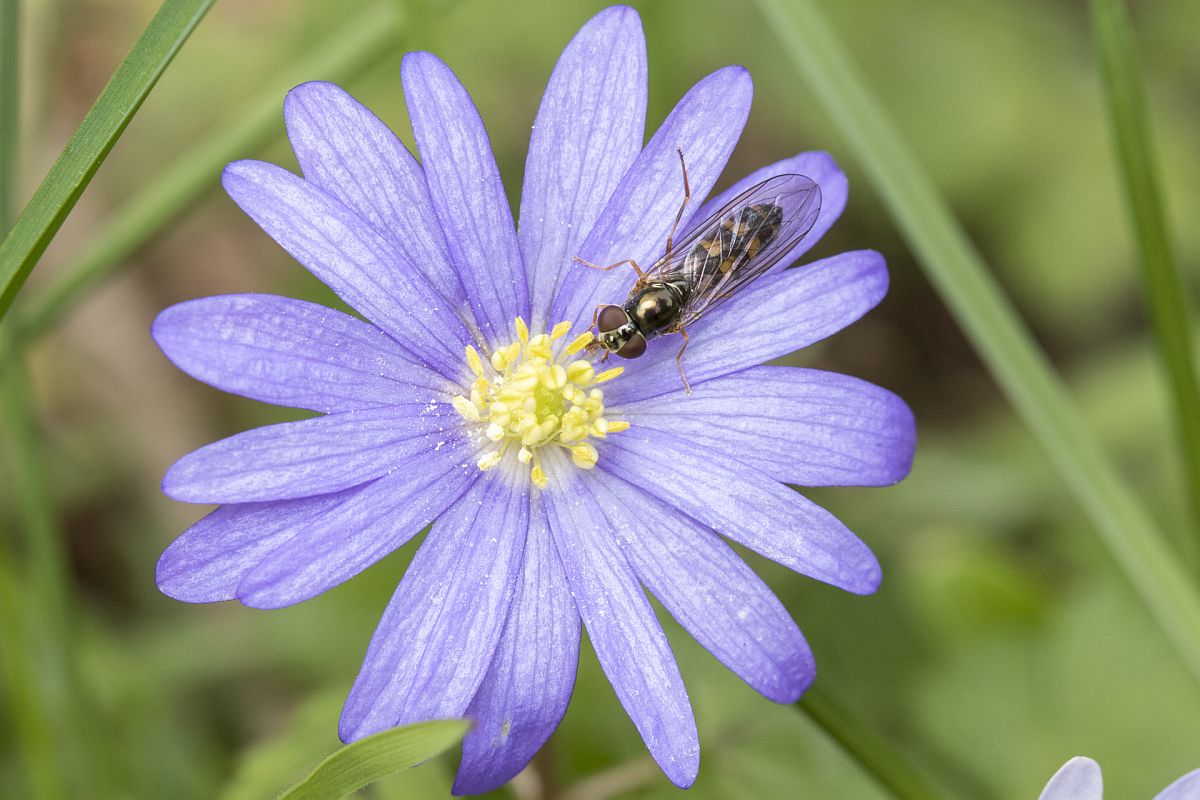April 12
2017 April 12
We now have an identification of yesterday’s tick. Scroll down to April 11 to see it.
In yesterday’s (April 11) brief spell of sunshine, enthusiasts took the opportunity of finding some butterflies – albeit very few of them. Nathan Fisk saw a Cabbage White in the learning meadow at Fort Rodd Hill. He writes: Starting to get jealous of the elfins folks are seeing. [So am I! – Jeremy]. And Gerry and Wendy Ansell found at least three Sara Orangetips on the lower western slope of Mount Douglas.
Morgan Davies sends a photograph of a bumblebee on Sea Blush on the Gulf Islands, April 10. Sean McCann suggests Bombus melanopygus – with the caution that its very dark thorax seems odd for the species.


Black-tailed Bumblebee Bombus melanopygus (Hym.: Apidae) Morgan Davies
Don’t sit too close to the screen, unless this jumping spider, photographed in the Highlands District by Thomas Barbin on April 11, suddenly jumps out at you. Thanks to Robb Bennett for confirming the identification.

 Salticus scenicus (Ara.: Salticidae) Thomas Barbin
Salticus scenicus (Ara.: Salticidae) Thomas Barbin
If you survived that one, don’t relax. The photograph of two ants (Formica sp., known as thatching ants), dragging an earwig into their nest, was taken by Thomas Barbin yesterday. Dr Robert Higgins of Thompson Rivers University cautions that there is no way to be sure of the species without microscopic examination, but the Formicas that he sees most often in SW BC are Formica oreas. The extensive dusky colour on one of the ants suggest this as a possibility, but it could well be another species.

Formica sp. (Hym.: Formicidae) Thomas Barbin
Thomas also photographed the fly below. Thank you to Andrew Young for identifying it as Melanostoma apicale.

Melanostoma apicale (Dip.: Syrphidae) Thomas Barbin
